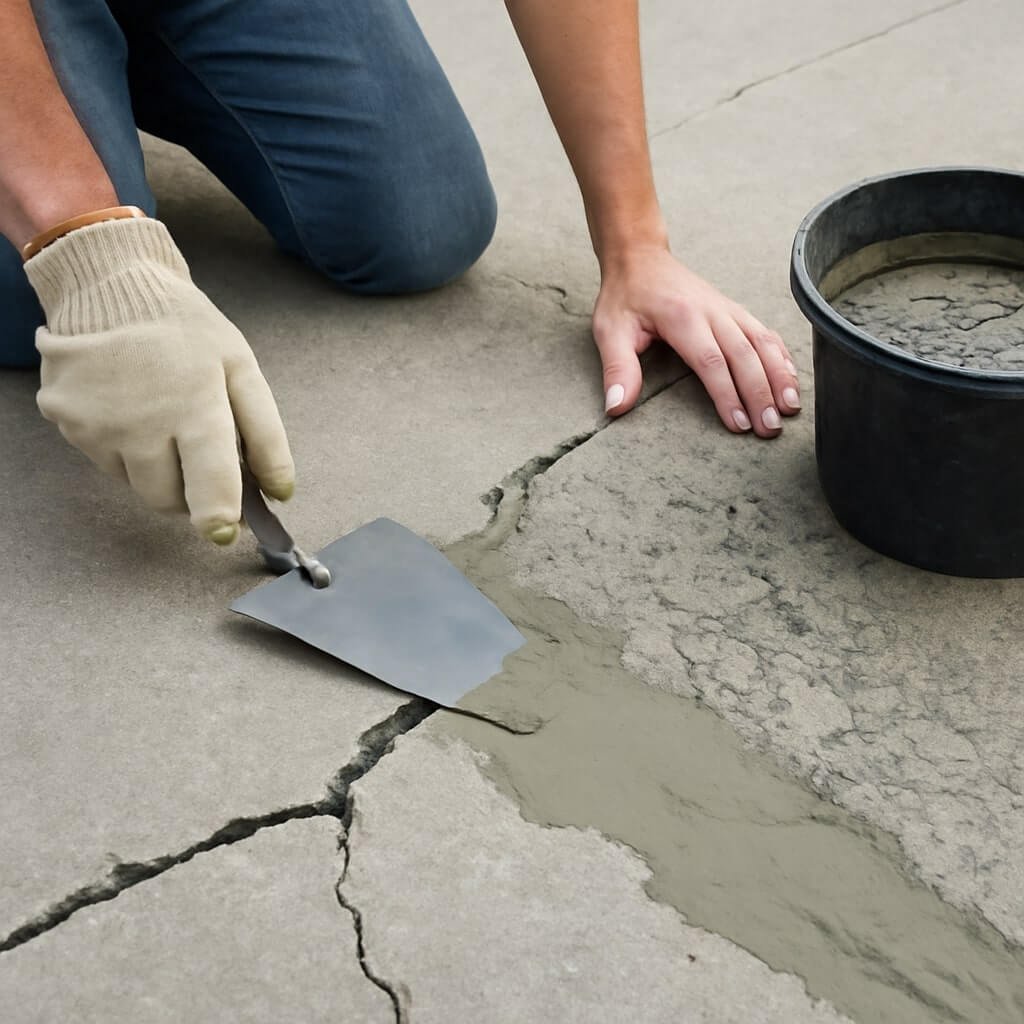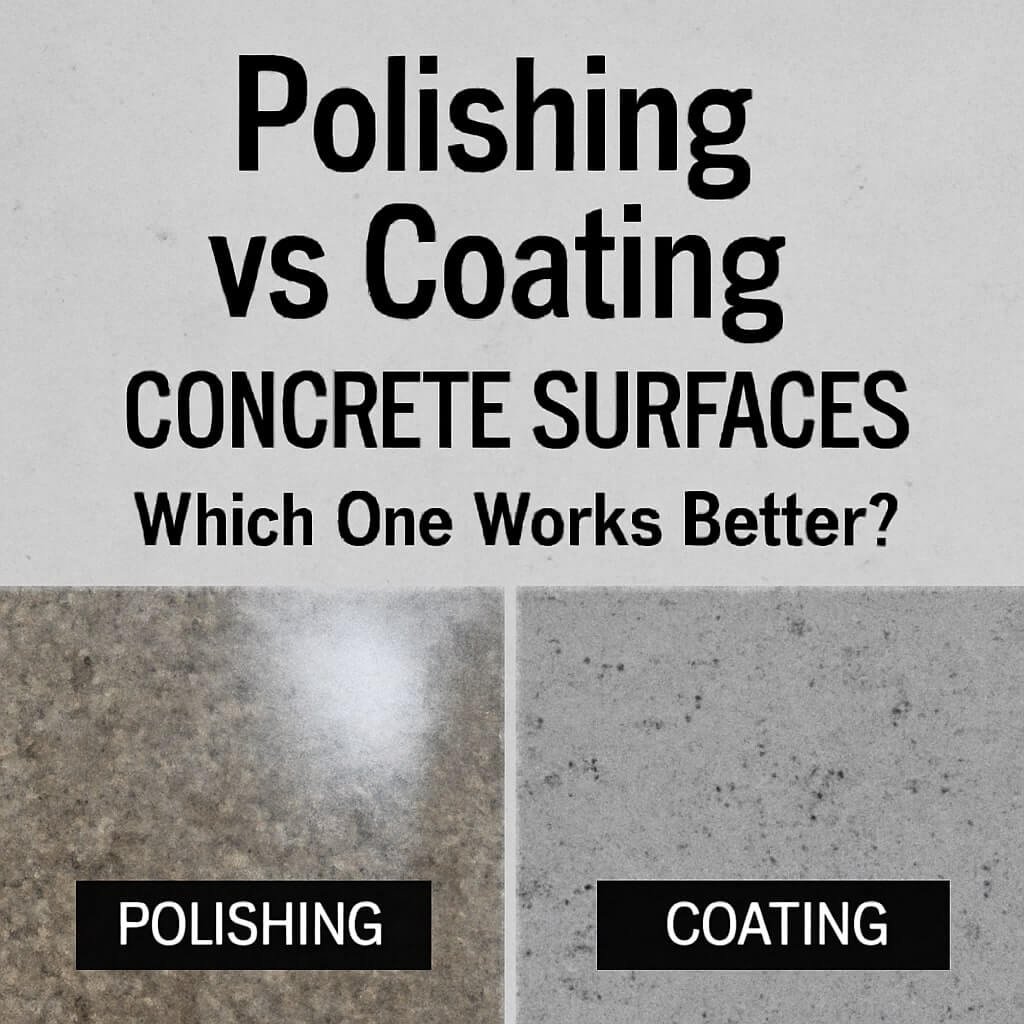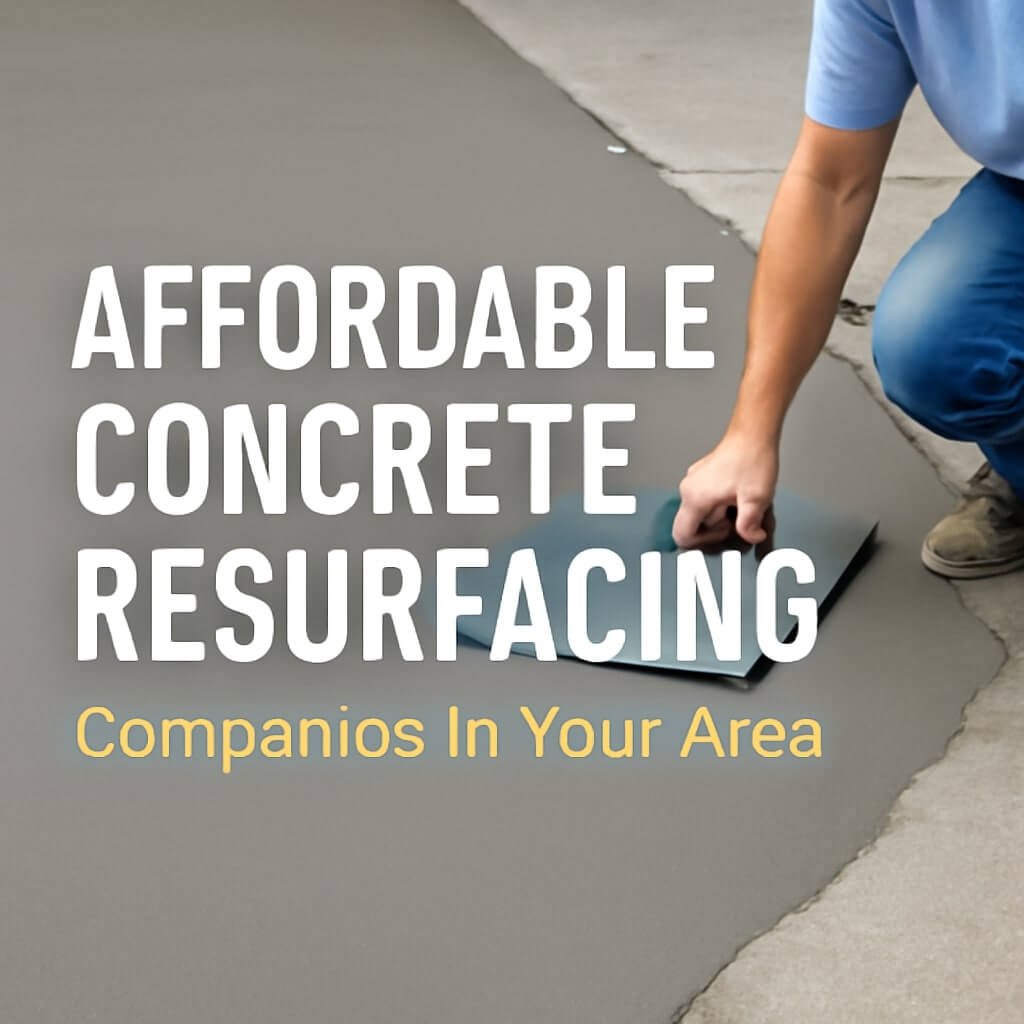Concrete surfaces are everywhere—from your driveway and sidewalks to commercial floors and patios. Over time, these surfaces can suffer damage due to various factors, leading to costly repairs if left untreated. Understanding the Concrete Surface Damage Repair Cost is essential to budgeting and planning your maintenance or renovation projects. This comprehensive guide covers everything from the types of damage, repair methods, costs involved, and how to save money while ensuring quality results.
Understanding Concrete Surface Damage

Concrete is known for its durability and strength, but it is not immune to damage. Recognising the different types of damage and their causes helps homeowners and contractors determine the most effective repair strategy.
Concrete surface damage usually shows up as cracks, spalling (surface flaking), scaling, or pitting. These damages can stem from environmental factors like freeze-thaw cycles, heavy traffic loads, poor initial installation, or exposure to chemicals like de-icing salts.
Common Causes of Concrete Surface Damage
- Weather Conditions: Freeze-thaw cycles cause water trapped in concrete pores to freeze and expand, leading to cracks and surface deterioration.
- Heavy Traffic: Repeated loads and vibrations from vehicles or machinery can weaken concrete surfaces.
- Chemical Exposure: Salt and chemicals accelerate corrosion and surface wear.
- Poor Installation: Insufficient curing time, improper mix design, or inadequate reinforcement can reduce concrete lifespan.
- Aging: Over time, natural wear and tear occur, necessitating repair or replacement.
Understanding these causes is key to preventing further damage and selecting appropriate repair methods.
Types of Concrete Surface Damage
Cracks
Cracks can be structural or superficial and vary in size from hairline to wide gaps. They may result from shrinkage, thermal expansion, or ground movement.
Spalling
Spalling happens when the concrete surface flakes or chips away, often due to freeze-thaw damage or corrosion of reinforcing steel beneath the surface.
Scaling
Scaling involves the surface layer peeling off in small fragments, typically caused by exposure to de-icing chemicals or poor finishing.
Pitting
Pitting refers to small depressions on the surface caused by aggregate exposure or surface erosion.
Factors Affecting Concrete Surface Repair Costs
Repair costs depend on multiple factors that impact the materials, labor, and complexity of the job.
Size and Extent of Damage
Larger damaged areas require more materials and labor, raising costs. Deep cracks or extensive spalling may need more intensive repair techniques.
Repair Method Selection
Different repair techniques vary widely in cost—from simple crack filling to full concrete replacement.
Accessibility and Location
Repairing an indoor basement slab might be less costly than a large outdoor parking lot, considering equipment, preparation, and working conditions.
Popular Concrete Surface Repair Methods
Crack Repair Techniques
- Epoxy Injection: Fills cracks and restores structural integrity. Suitable for small to medium cracks.
- Routing and Sealing: Grooves, cracks and fills them with flexible sealants to prevent water penetration.
Resurfacing and Overlays
- Thin Overlays: Applied over existing surfaces to restore appearance and add protection.
- Stamped Concrete Overlays: Decorative overlays that also protect damaged surfaces.
Full Replacement and Reconstruction
When damage is severe, full removal and replacement of concrete slabs or surfaces might be necessary, which significantly increases cost and project time.
Concrete Surface Repair Cost Breakdown
DIY vs Professional Repair Costs
- DIY Repairs: Can save money, but often limited to small cracks and minor damage. Typical DIY crack repair kits cost between $10 to $50.
- Professional Repairs: Range from $3 to $15 per square foo,t depending on method and damage severity.
Material Costs
- Cement and repair mortars: $3-$7 per bag.
- Epoxy and sealants: $20-$60 per gallon.
- Decorative overlays: $4-$10 per square foot.
Labor Costs
Labour can account for 50%-70% of the total repair cost. Professional rates vary by region but typically range from $40 to $75 per hour.
How to Save Money on Concrete Surface Repairs
- Regularly inspect and address minor cracks early.
- Choose appropriate repair methods matching the damage severity.
- Get multiple quotes from licensed contractors.
- Consider preventive sealants to extend surface life.
Signs You Need Concrete Surface Repairs
- Visible cracks wider than 1/8 inch.
- Flaking or spalling surfaces.
- Water is pooling on the surface.
- Uneven or sinking areas.
- Rust stains indicate rebar corrosion.
Frequently Asked Questions (FAQs)
1. How much does it cost to repair a cracked concrete surface?
2. Can I repair concrete surface damage myself?
3. How long does concrete surface repair last?
4. Is resurfacing cheaper than replacing concrete?
5. What is the best method for repairing concrete cracks?
6. Do I need to seal repaired concrete surfaces?
Conclusion and Final Tips
Knowing the Concrete Surface Damage Repair Cost and repair options helps you make informed decisions that protect your investment and extend the life of your concrete surfaces. Early detection and proper repair techniques not only save money but also maintain safety and aesthetics. Whether you choose a DIY approach or hire professionals, prioritise quality materials and skilled labour for long-lasting results.



